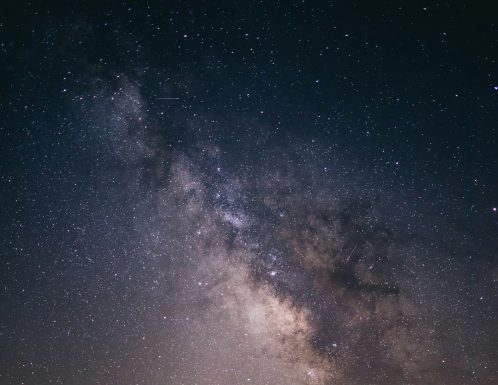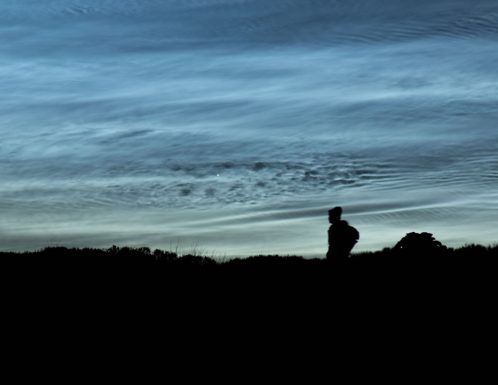Help protect the precious environment, wildlife, and the livelihoods of those who live and work here by following the Elan Valley Countryside Code and enjoying your visit responsibly.
No swimming or boating
Look after yourself – come prepared
No overnight parking or camping
Open access for walkers – if cycling, horse riding or driving, stick to designated rights of way
Leave all gates as you find them
Keep dogs on leads or under strict control
Take your litter home
Do not light fires or BBQs
Leave all plants and animals for others to enjoy
Fishing by permit only
Leave livestock, crops and machinery alone – if you see a sick or injured animal do not attempt to move it and call us.








